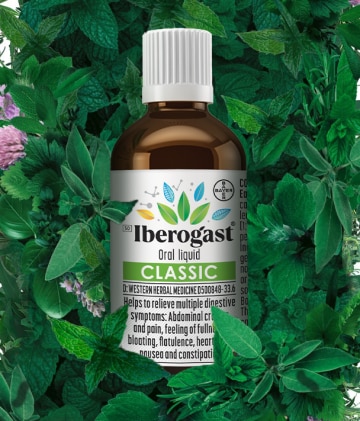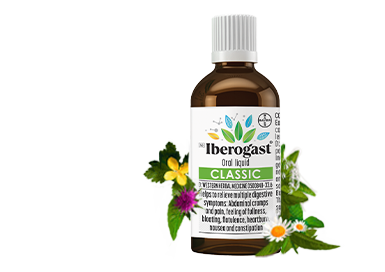Milk thistle fruits (Cardui mariae fructus) – a crowned plant that protects the liver
The active ingredient complex silymarin contained in the fruits and seeds of St. Mary’s thistle, which has a strong cell-protecting effect and shields the liver cells from many toxins, helped the milk thistle to become well-known as an effective, liver remedy. Milk thistle’s benefits include its mucosa-protective properties, which unfold in the stomach. In addition, they can fight off free radicals and are anti-inflammatory.
Milk thistle’s origin and uses
According to legend, Saint Mary’s thistle (Silybum marianum) derives its name from the unmistakable white marbling on its leaves – thought to be markings from the Virgin Mary’s milk. Also known as milk thistle, the leaves produce a milky white sap when broken off from the stem. In some cultures it became the name “Christ’s Crown”, based on the spiky appearance of its reddish-violet coloured flowers.
Originally native to the rocky mountains in the Mediterranean, milk thistle has spread considerably over the millennia and can now be found throughout the world, from North America, over Asia Minor and even in Australia.
The medicinal plant, sometimes reaching up to 1.5 meters high, is related to the daisy family and can often be found in gardens around the world, where its large purplish flower heads have an ornamental value. In the wild, it grows mainly in warm, sunny places on nutrient-rich soils.
During the antiquity St. Mary’s thistle was predominantly known as a vegetable. All of its parts were thought to be edible – either raw or cooked – roots, leaves, stem and even the spiky flower buds, when properly cleaned. Due to its tasty, edible fruits, milk thistle has also been called "wild artichoke", the spiky bracts eaten exactly like its namesake, the globe artichoke.
Its therapeutic effect as a medicinal plant became wildly known only in the mid-19th century. Historically milk thistle has been used for liver disorders, e.g. hepatitis and cirrhosis, and problems with the gallbladder.
The effect of milk thistle fruits on the gastrointestinal tract
Nowadays most usage is centred around the 7mm long, greyish-brown seeds and their extracts. The active ingredient complex silymarin contained in the fruits and seeds of St. Mary’s thistle (Silybi mariani fructus), which has a strong cell-protecting effect and shields the liver cells from many toxins, helped the milk thistle to become well-known as an effective, liver remedy. Milk thistle’s benefits include its mucosa-protective properties, which unfold in the stomach. In addition, they can fight off free radicals and are anti-inflammatory.
All of these properties contribute to the multi-target effect, if milk thistle is combined with other medicinal plants – as is the case with Iberogast®. This herbal ingredient preparation includes extracts from nine highly effective herbs, to offer effective relief on complaints like stomach pain, nausea, feeling of fullness and abdominal cramps – symptoms of functional digestive disorders, like irritable stomach or irritable bowel.
At a glance: This is how milk thistle fruits contained in Iberogast® work
The following table shows the different active benefits of milk thistle fruits in Iberogast®:
| Active benefits of milk thistle in the frame of irritable stomach | |
| Activation of the musculature in the lower stomach | |
| Relaxation of the musculature in the upper stomach | |
| Anti-inflammatory | |
| Regulation of acid production | |
| Protection of the mucosa |
Legend:
| Light Impact | Medium Impact |
High Impact |

Interesting facts about St. Mary’s thistle
Did you know, that:
- Milk thistle originated in the Mediterranean and North Africa?
- It purple flowers bloom from June to September?
- St Mary’s thistle is considered a weed in some parts of the world? The plant can mature in less than a year and can spread rapidly.
- The active ingredient in milk thistle is called silymarin and is a mixture of flavonoids?







